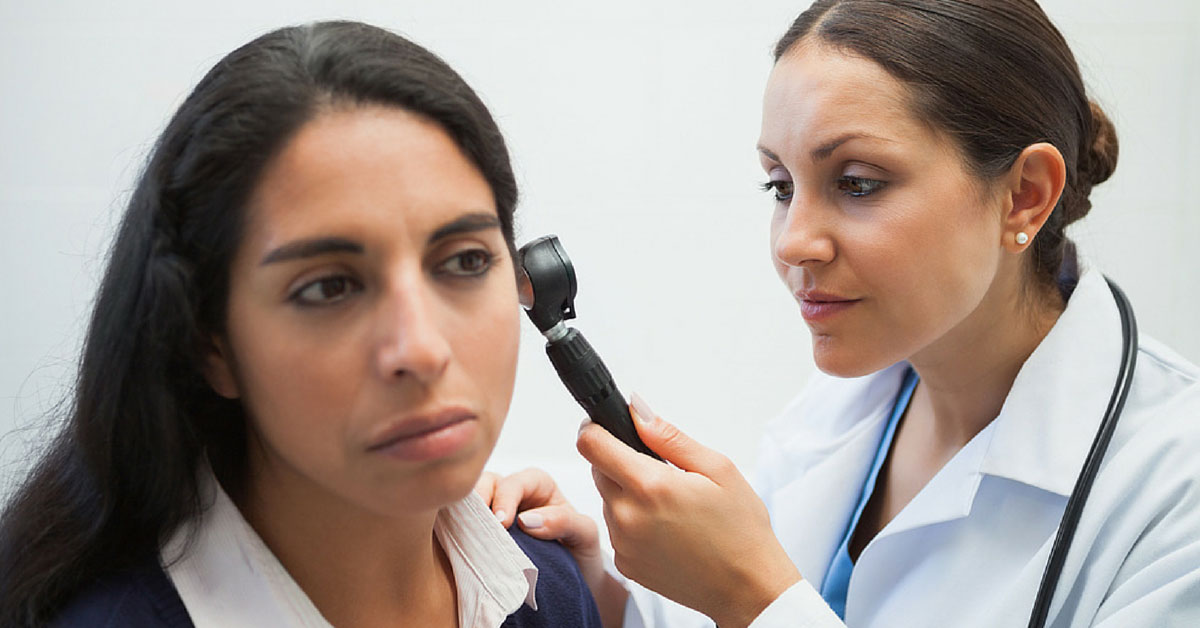
In the vast majority of cases, earwax should fall out on its own, so there’s no need for you to try to remove it.
However, it can occasionally get to be too much, completely blocking your ear canal and affecting your hearing. In these cases, it may need to be removed by an ENT doctor. If you are being fitted for a hearing aid, it may need to be removed so that an impression of the ear canal can be made for a hearing aid mould.
It can also be removed if the earwax is causing the hearing aid to whistle.
Is Ear Irrigation for Me?
Ear irrigation involves using a pressurised flow of water to wash out a build-up of earwax. In the past, a metal syringe was used to squirt water in your ear, but today, an electronic ear irrigator is used, to avoid damaging the ear.
This irrigator has a variable pressure control so that syringing can begin at a low pressure and slowly increase as needed. Throughout the procedure, a controlled flow of water at body temperature will be squirted into the ear canal to wash away the earwax.
The healthcare professional treating you may hold your ear at different angles to make sure the water reaches inside your ear canal.
They may also look inside your ear several times using an auriscope (an instrument that’s used to examine the inside of the ear) to check whether the wax is coming out. Your ear may feel strange as the water is sloshing around inside your ear canal, but ear irrigation is normally a painless procedure. If you do experience pain at any point, you need to inform the person who is treating you.
Ear Syringing
Ear syringing works most effectively when water, saline, or wax dissolving drops are placed in the ear canal 15 to 30 minutes before the treatment. If you have diabetes, a perforated eardrum, tube in the eardrum, or a weakened immune system, you may have to reconsider having your ears irrigated.
Before your doctor performs an ear irrigation, they should check inside your ear to ensure that the symptoms you are experiencing are the result of excessive wax buildup or foreign materials and not something more serious.
Finally, excessive earwax buildup could be the result of other, more serious, health conditions, you should consult your doctor if your symptoms have not improved. You may need to try other methods or consult an ear specialist.
Get the Help You Need
When you’re unable to hear, or you’ve got pain in your ear, getting the right care is crucial. At Houston Sinus & Allergy, we assess patients for the severity of their condition, and determine the best treatment option. If you suspect that you have an ear infection or if you have excess wax in your ears, please contact our office and schedule an appointment.

Would like to get cost for out of pocket ear irrigation cleaning. Thank you.